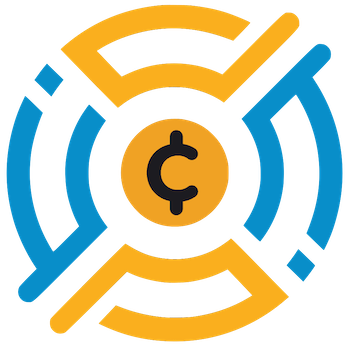In an ever-evolving blockchain landscape where speed and cost-effectiveness reign supreme, Ethereum’s ambitious roadmap is more critical than ever. New revelations from Binance Research illuminate essential truths about Ethereum’s Pectra and Fusaka upgrades. Although these improvements promise significant enhancements in scalability and transaction efficiency, the broader context hints at a disturbing reality: Ethereum may be losing its grip on the crypto payment arena. The emergence of formidable competitors like Solana and BNB Smart Chain showcases an alarming trend that, if not addressed urgently, could jeopardize Ethereum’s long-term viability as the backbone of decentralized finance (DeFi).
Fragile Foundations: Current Limitations
Despite Ethereum’s reputation as a secure and robust blockchain, its current limitations are glaring. High transaction fees and slower speeds have become a persistent issue, leading to a fragmented ecosystem rife with challenges. Binance highlights how these limitations have allowed nimble competitors to capture market share in decentralized exchanges (DEXs). As transactions slow down and costs escalate, the allure of alternative blockchains becomes more compelling. For instance, Solana’s lightning-fast transaction speeds and BNB Smart Chain’s competitive fees illustrate a growing concern that can no longer be ignored.
Layering on Problems: The Rise of Layer 2 Networks
In an attempt to address these looming challenges, Layer 2 (L2) networks have emerged, albeit not without their complications. While L2 solutions ease some of the pressure on Ethereum’s mainnet, they create a fragmented environment that diminishes the value captured at Ethereum’s base layer. This is particularly disconcerting for Ethereum’s ecosystem, as it affects its ability to sustain ETH value accrual. It raises an unsettling question: Is Ethereum slowly transitioning into a mere facilitator, relegated to secondary status in its own domain? If developers increasingly bypass the main chain due to high costs, Ethereum’s foundational promise of being a “world computer” may become untenable.
Pectra: The Mixed Blessing on the Horizon
Scheduled for a long-delayed release in May 2025, the Pectra upgrade aims to merge layers and optimize transaction flow. While the introduction of multiple Ethereum Improvement Proposals (EIPs) like EIP-7251 and EIP-7691 sounds promising, it is critical to analyze their implications critically. Yes, increasing the maximum effective staking balance is vital for organizing validators; however, will these technical enhancements be enough to recapture the interest of developers and users who have shifted their eyes elsewhere?
Furthermore, the push for account abstraction is a double-edged sword. While it facilitates easier smart contract management, it could further complicate an already perplexing landscape. The prospect of bundled transactions and gas sponsorship offers potential benefits, but it does not fundamentally address the pressing issue of Ethereum’s monetary narrative and its perceived censorship resistance.
Fusaka: Too Late to the Game?
As Ethereum looks toward the Fusaka upgrade in late 2025, the question arises: will it be too late to regain lost ground? The introduction of PeerDAS through EIP-7594 is designed to improve data availability—a pressing need in today’s demanding blockchain ecosystem. However, competing platforms like Celestia and EigenDA are gaining traction and outperforming Ethereum in throughput and affordability. In this cutthroat environment, the risk of Ethereum being overshadowed becomes alarmingly tall.
Moreover, while upgrading smart contract efficiency is essential, it serves only to mask a more significant issue: Ethereum’s vulnerability on the data availability front, compounded by the ongoing devaluation of ETH as reliance on L2 networks increases. As long as Ethereum remains dependent on external solutions, its stature as the cornerstone of the cryptocurrency world could be irreparably compromised.
Future Challenges: Beyond the Upgrades
Even with promising upgrades, Ethereum’s challenges extend beyond merely enhancing its technology stack. The proposals to reprice the blob market or to enforce fee contributions from L2 platforms float in a sea of uncertainty, raising questions about the alignment of developer incentives within the ecosystem. If Ethereum’s roadmap continues to neglect these nuances, the risk of stagnation heightens, potentially leading decentralization efforts down a perilous path.
As Ethereum’s developers forge ahead with high hopes, it’s essential to scrutinize whether they’re laid back or genuinely equipped to tackle both existing hurdles and new ones that may arise out of the changing competitive landscape. This is no longer just about scalability; it’s about carving out a distinctive value proposition amid an ever-growing field of alternatives. With an uncertain future on the horizon, Ethereum’s upcoming transitions pose as much risk as they do promise.
















Leave a Reply